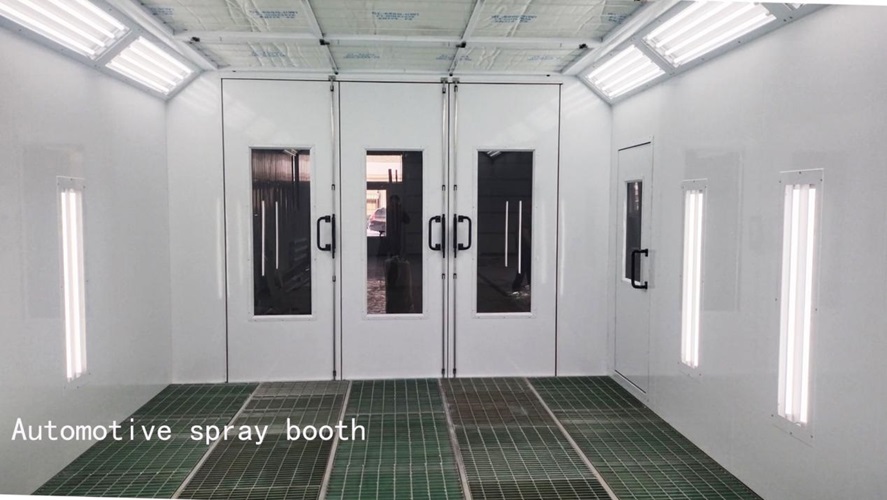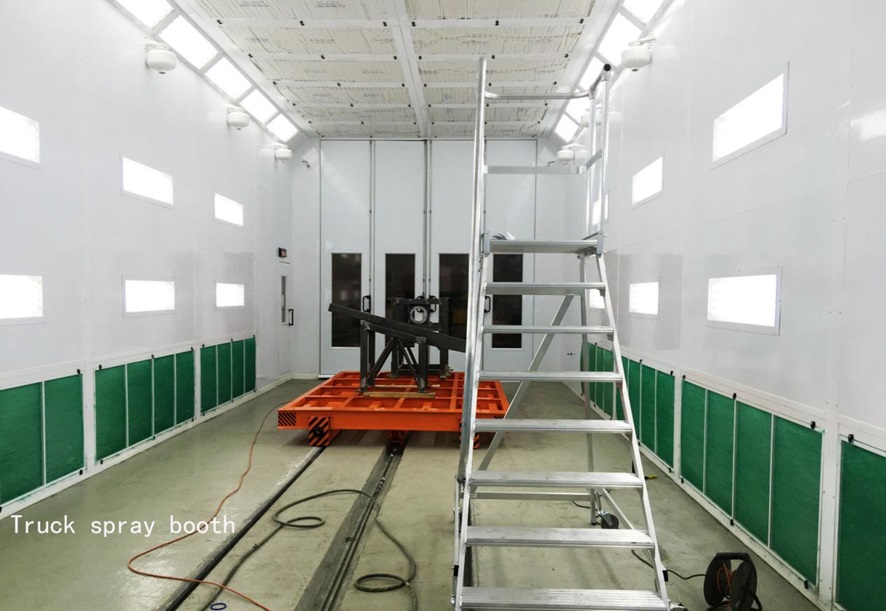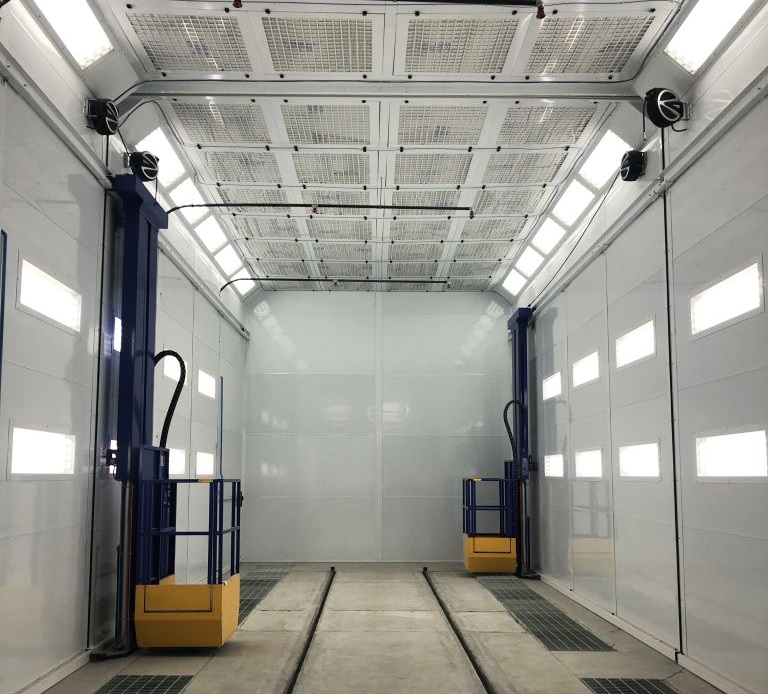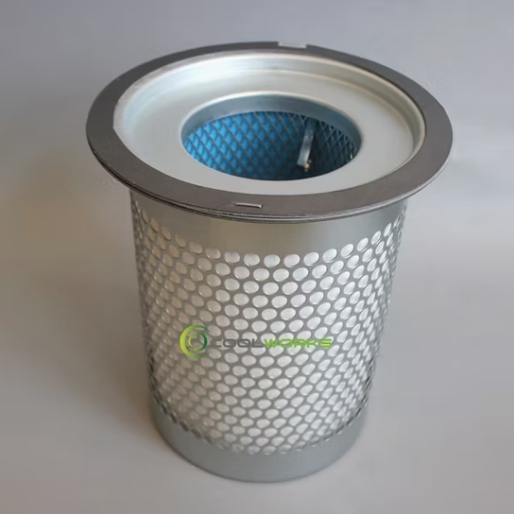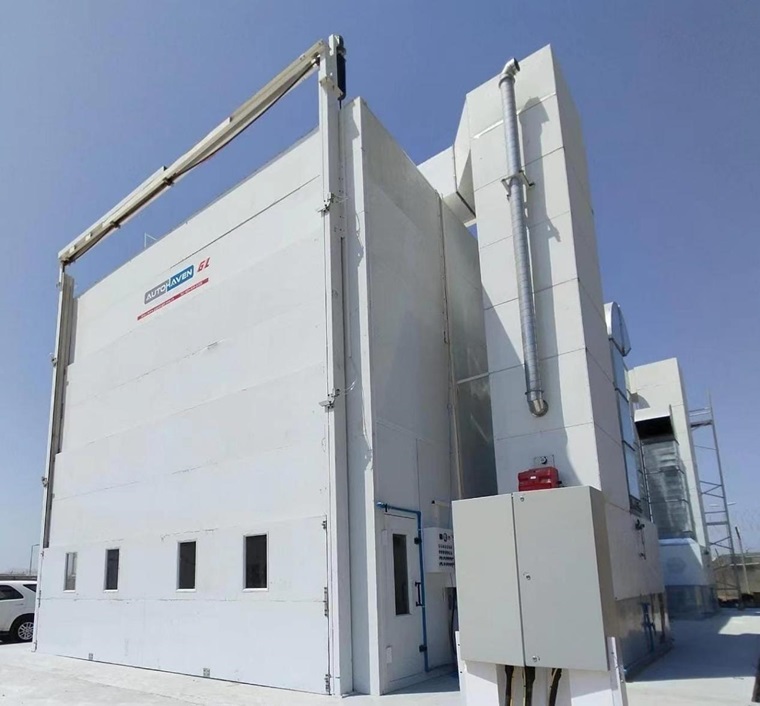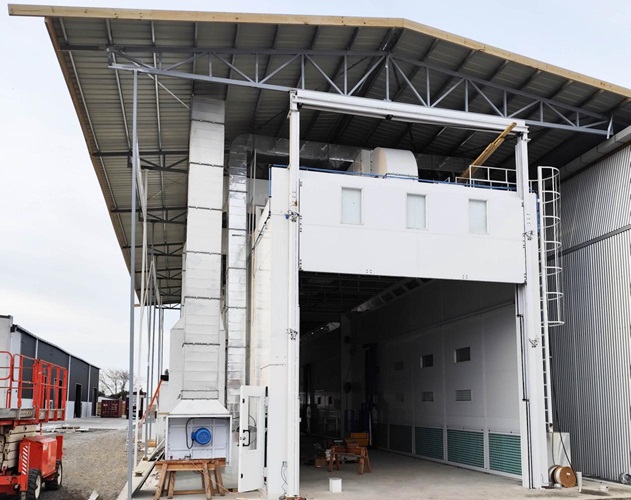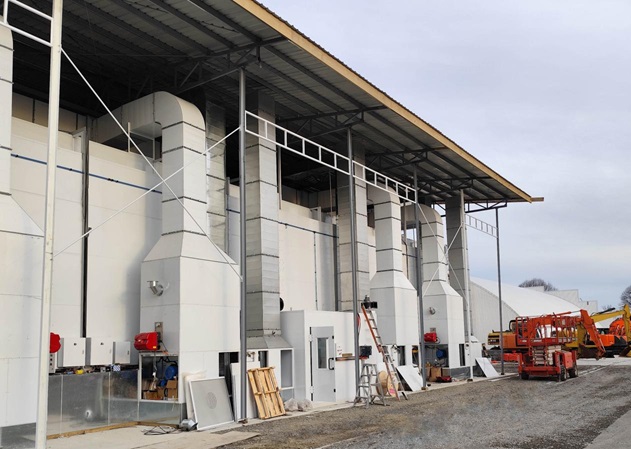At Spray Systems, we know that choosing an automotive spray booth is more than just purchasing equipment—it’s about investing in a high-performance solution that meets your business goals. That’s why we focus on innovative engineering, custom spray booth design, and a collaborative, customer-first approach. Whether you run a 4S shop, auto body repair center, or are expanding your car refinishing facility, our mission is to deliver a spray booth that performs beyond expectations.
Our 7-Step Spray Booth Purchasing Process
Purchasing the right car spray booth can be complex. To make the decision easier, we’ve created a proven 7-step process to guide you from start to finish. Here’s what to expect:
Step 1: Understanding Your Business Needs
We begin with a detailed discovery call led by a Booth Specialist. Whether you need a downdraft spray booth for cars, a crossdraft booth, or a custom size for your workspace, we take the time to understand your operation, including your paint quality standards, industry, previous spray booth issues, and production demands.
Step 2: Identifying Key Challenges
We work closely with you to identify space limitations, airflow needs, and code requirements. This ensures your spray booth installation will be smooth and fully compliant. We evaluate everything from workshop layout to ventilation needs to help you build a booth that grows with your production.
Step 3: Selecting the Best Airflow Design
Your spray booth’s performance relies heavily on airflow. We offer and explain options like crossdraft, semi-downdraft, and downdraft spray booths to match your finish quality expectations and energy efficiency goals. Our solutions are always code-compliant, cost-effective, and designed to enhance throughput.
Step 4: Creating a Tailored Quote Package
We deliver a detailed proposal that reflects your needs and expectations, including preliminary engineering, cost breakdowns, and system capabilities. You’ll get a clear picture of what your custom spray booth will include and how it will support your workflow.
Step 5: Finalizing Your Design Plan
After feedback, we revise and finalize your booth’s design and budget. We’ll confirm installation timelines and clarify any final details. Your custom paint booth design will be fully aligned with your operational strategy and budget.
Step 6: Precision Engineering & Fabrication
Once approved, we begin full engineering of your booth. You’ll receive 3D drawings and detailed specs for final review. After your approval, our factory fabricates your booth using durable, industrial-grade materials that meet or exceed European and North American quality standards.
Step 7: Delivery, Installation & Support
After quality checks, your spray booth is shipped and installed by our experienced team. We’ll handle setup, startup calibration, and provide full operator training. Our support doesn’t stop after installation—we offer ongoing assistance and spray booth troubleshooting to ensure long-term success. Check our successful case for Bentley 4S shop:

